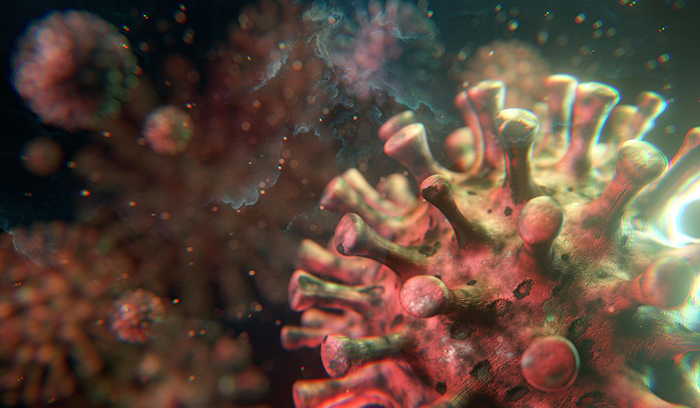Guwahati, Nov 25: Tobacco use has increased in Assam, Tripura and Manipur against an overall decline in the country between 2009-2017, according to the regional report of the second round of Global Adult Tobacco Survey (GATS) 2016-17 of North Eastern states.
Assam and Tripura also recorded the most significant increase in chewing of smoke-less tobacco when it has declined from 25.9 per cent to 21.4 per cent in the country, according to the report. It decreased significantly in Sikkim and rose moderately in Mizoram, Meghalaya and Nagaland.
When all the states have shown a significant decline to second-hand smoke (SHS) exposure at workplace, it has increased in Assam by 3 per cent, said the report.
The report highlights that the overall tobacco use prevalence in India has declined from 34.6 per cent to 28.6 per cent between 2009-10 and 2016-17 except for Assam and Tripura where it increased considerably, and marginally in Manipur.
In Assam, tobacco use increased from 39.3 per cent to 48.2 per cent, Tripura from 55.9 per cent to 64.5 per cent and marginally in Manipur from 54.1 to 55.1 per cent when all other states have shown a decline with Sikkim registering a remarkable fall from 41.6 to 17.9 per cent.
Smoking prevalence in the country has decreased from 14 to 10.7 per cent except for Tripura with 0.4 per cent increase, while all NE states have shown decrease with most significant decline in Nagaland from 31.5 to 13.2 per cent and Sikkim 26.4 to 10.9 per cent, the report revealed.
Exposure to SHS at public places has improved across the region with a sharp decline in Meghalaya, Manipur and Nagaland though slightly above the national average.
The initiation age has declined, which means more people began using tobacco at an earlier age in three states -- Arunachal, Nagaland and Sikkim -- from 17.5 in 2009-2010 to 15.9 in 2016-17.
The initiation age has increased in the other five NE states with the most significant being Manipur from 19.1 years to 20.8 years.
The report pointed out that while smoking product promotion has declined nationally and in the region, except in Mizoram where both bidis and cigarettes promotion has increased, bidi promotion has increased in Nagaland alone.
Pack warnings have elicited an increased response to quit among cigarette and bidi smokers and chewers nationally and in the region.
GATS is a global standard for systematically monitoring adult tobacco use (smoking and smokeless) and tracking key tobacco control indicators, according to the report.
The study is based on a household survey of persons 15 years of age and older conducted in all 30 states of the country and two Union Territories.
"Findings from GATS have added substantially to the knowledge about tobacco use in the north-eastern states and will be a valuable source of information for strengthening tobacco control policies and prevention programmes in Assam and our region," said Assam Health Minister Himanta Biswa Sarma at the report release programme.







Comments
Add new comment